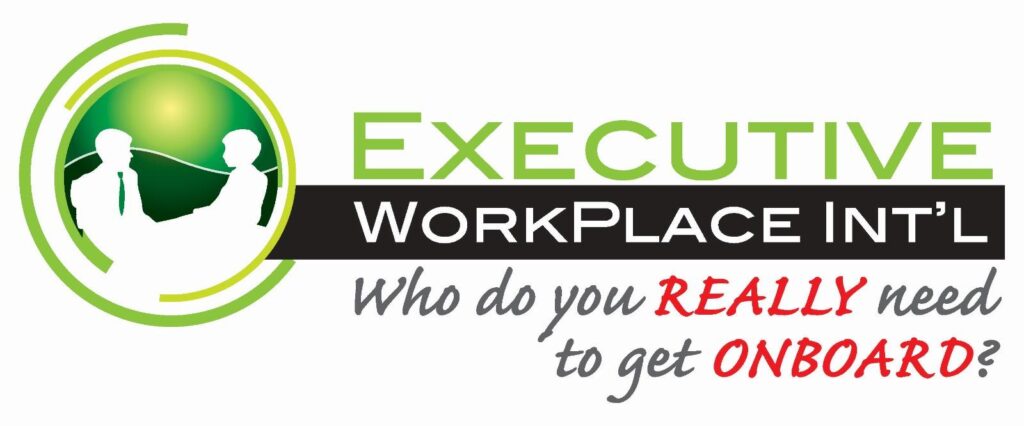Hiring and onboarding new employees is one of the most critical processes for any organization. A well-executed hiring and onboarding strategy can enhance team performance, improve retention rates, and build a positive workplace culture. This article provides actionable tips for employers to hire the right talent and ensure a smooth onboarding process that sets new hires up for success.
1. Define Clear Job Roles and Requirements
Before the hiring process begins, it’s essential to have a clear understanding of what the role entails and the specific skills needed:
- Create detailed job descriptions: Ensure the job description is accurate, outlining the key responsibilities, skills, qualifications, and experience required. Highlight the core competencies that align with your company’s values and culture.
- Involve relevant stakeholders: Collaborate with team members or managers to determine the exact needs for the role. This helps avoid miscommunication and ensures the role aligns with business goals.
2. Build a Strong Employer Brand
Your company’s reputation as an employer plays a crucial role in attracting top talent:
- Promote company culture: Showcase your organization’s values, work environment, and unique benefits on your website, social media, and job postings.
- Leverage employee testimonials: Share stories from current employees about why they love working for your company. This personal touch helps potential candidates connect with your brand.
3. Use a Structured Hiring Process
A well-organized and structured hiring process ensures consistency, fairness, and better decision-making:
- Pre-screen applicants: Implement an efficient screening process using resumes, cover letters, and online assessments to filter out unqualified candidates early.
- Conduct standardized interviews: Use a consistent set of questions for all candidates, especially for critical competencies and cultural fit. This helps reduce bias and allows for more accurate comparisons.
- Collaborative decision-making: Involve multiple team members in the interview process to gain different perspectives. Collective feedback reduces the likelihood of a poor hiring decision.
4. Assess Skills and Cultural Fit
While technical skills are important, cultural fit is equally crucial to ensure long-term success:
- Evaluate soft skills: In addition to technical competencies, look for communication, teamwork, problem-solving, and adaptability skills that match the role and your company’s environment.
- Gauge cultural alignment: Ask questions that help determine if the candidate’s values and work style are aligned with the company’s culture. For instance, inquire about how they handle teamwork or adapt to change in a fast-paced environment.
5. Make a Competitive Offer
Attracting top talent often requires offering a competitive package that includes more than just salary:
- Offer comprehensive benefits: Ensure your offer includes competitive compensation, health benefits, retirement plans, and other perks like flexible work arrangements.
- Be open to negotiation: Candidates may have specific requests or needs, such as remote work, additional vacation days, or professional development opportunities. Be prepared to discuss and adjust the offer based on their requirements.
6. Create a Structured Onboarding Program
A well-structured onboarding program is key to helping new employees feel welcome and start off on the right foot:
- Start before day one: Send an email with essential information before the employee’s first day, including their schedule, resources, and any required paperwork. Introduce them to key team members ahead of time, so they feel more comfortable when they arrive.
- Assign a mentor or buddy: Pair the new hire with a mentor or buddy who can guide them through the initial days and answer questions about the company culture, processes, and expectations.
- Provide clear training and goals: Offer a training plan with clear objectives and milestones, so the new hire knows what to focus on in the first few weeks or months. Break down responsibilities into manageable steps to avoid overwhelming them.
7. Foster Early Engagement and Connection
Building a sense of belonging early in the onboarding process is essential for employee retention and satisfaction:
- Encourage team integration: Set up meetings or lunches with key team members to foster personal connections. New hires who feel socially integrated are more likely to stay engaged and motivated.
- Set clear performance expectations: During the onboarding process, have discussions about short- and long-term performance expectations. Establish regular check-ins to track progress and provide feedback.
8. Utilize Technology for Seamless Onboarding
Leveraging technology can streamline the onboarding process, especially for remote or hybrid work environments:
- Use onboarding platforms: Digital onboarding tools can automate paperwork, assign tasks, and provide training resources, making the process more efficient and accessible.
- Provide online learning resources: Offer digital learning modules or a library of training materials that new hires can access at their own pace. This can help them understand the company’s processes, tools, and culture.
9. Conduct Regular Check-Ins and Feedback Sessions
Onboarding doesn’t end after the first week. Regular check-ins are crucial for continuous learning and adaptation:
- Set up 30, 60, and 90-day reviews: Schedule periodic reviews to assess the new hire’s progress, identify any challenges, and discuss how they’re adjusting to the role.
- Encourage feedback: Create a space where the new hire can openly share their thoughts about the onboarding process. Their feedback can help improve the experience for future hires and highlight areas for development.
10. Measure Success and Continuously Improve
To ensure your hiring and onboarding processes are effective, it’s important to measure key metrics and continuously improve:
- Track key performance indicators (KPIs): Monitor time-to-hire, quality of hire, and employee retention rates to evaluate the success of your hiring strategy.
- Gather feedback: Collect feedback from both new hires and their managers about the onboarding experience. Use this data to identify areas for improvement and enhance future onboarding programs.
Conclusion
Hiring and onboarding the right way involves more than just filling a position. By clearly defining the role, using a structured hiring process, and creating a comprehensive onboarding program, you can set your new employees up for long-term success. A thoughtful and strategic approach ensures that new hires are not only capable of doing the job but also feel welcomed, engaged, and prepared to contribute to your company’s growth.





